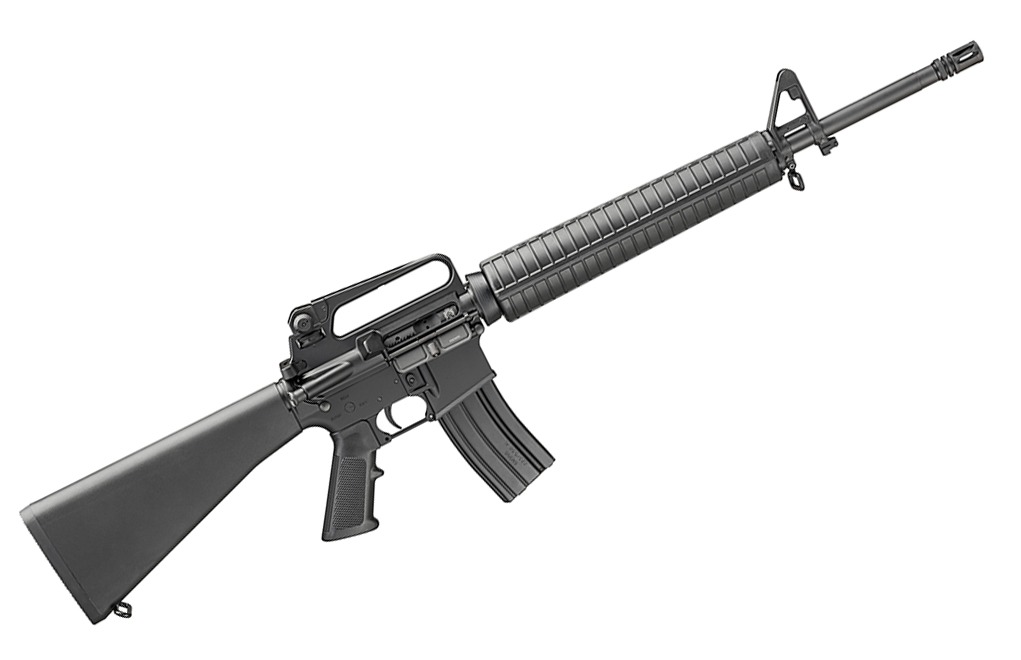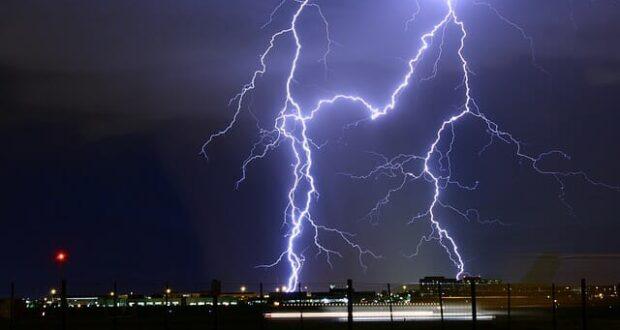Only two states are smaller in size, but Connecticut has played an outsized role in the history of guns in this country, from serving as the lead manufacturer of weaponry to leading the way in quelling the carnage wrought by its homemade products.
The details are telling, and while Connecticut lawmakers discuss an initiative meant to lessen gun homicides in the state, we should remember that the conversation about how much weaponry is too much started at least a century ago.
Back then, government action was able to remove from the market a particularly dangerous weapon — the so-called Tommy gun — manufactured in Connecticut.
And the National Rifle Association was on board. Back then, no one wanted to see innocents shot down in the streets.
Koskoff, a third-generation attorney, has an easy, conversational style that is well suited for courtrooms and Zoom presentations. He was quick to tell his audience that when he took the case years ago, he had a lot to learn about gun culture.
And so he set out to answer the question: How did we arrive at a place where a sick young man could get hold of such a dangerous weapon, walk into an elementary school and create such lasting havoc?
Among Koskoff’s first slides in the presentation were photos of the gangsters Al Capone and Pretty Boy Floyd, who with others terrorized the streets of America using weaponry that was beyond what the country had seen outside of battlefields. Those weapons included the Thompson submachine gun — or Tommy gun, which, if you have been watching the news from Ukraine, has been found among Ukrainian citizens defending their land against Russian invaders.
The Tommy gun was the answer to World War I’s slower infantry rifles. It was meant to serve as a “trench sweeper” — a quick and certain weapon that would deliver battlefield victories — but the gun wasn’t ready until after peace was declared.
There was another market. Prohibition made the Tommy gun the weapon of choice for people such as Capone who built fabulous wealth outside the law. Manufactured for a time at Hartford’s Colt plant and later in Bridgeport, the Tommy gun’s price placed it out of reach of most police departments, but bootleggers had both cash and motivation to buy the best killing machine available.
In the 1930s, the desire to limit gun violence was fairly universal among people who believed in the rule of law. Connecticut’s own Homer Cummings, FDR’s attorney general who had once been Stamford’s mayor, led the fight to put high-powered weapons out of the reach of the general public — all the public, not just criminals.
In 1934, Cummings told a House of Representatives committee: “A machine gun, of course, ought never to be in the hands of any private individual … I think the sooner we get to the point where we are prepared to recognize the fact that the possession of deadly weapons must be regulated and checked, the better off we are going to be as a people.”
The NRA president at the time agreed and decried “the general promiscuous toting of guns.” He said he wasn’t sure legislation would be an effective antidote, but it was. By employing tactics such as requiring gun owner registration and permits, and by imposing stiff taxes on higher-powered weaponry, the sale of machine guns was effectively ended in three short years.
In a 1938 interview for NBC radio, Cummings said that stronger measures on gun ownership would further quell crime.
Remington made the AR-15-style weapon used in the 2012 shooting at Sandy Hook School that killed 20 first-graders and six adults. The settlement, announced in February, was called “historic” by President Joe Biden, who said the case should launch the “necessary work” of holding gun manufacturers accountable for selling military-grade weaponry to the public and peddling those products in the most craven way imaginable.
After Sandy Hook, Connecticut enacted some of the country’s most comprehensive gun laws, and it did so despite fierce lobbying efforts of the National Rifle Association. Ninety years ago, NRA leadership saw the wisdom of removing high-powered weapons from the public’s grasp. Today’s NRA response to Sandy Hook was to suggest putting more armed guards in schools.
As Cummings said nearly 100 years ago, limiting civilians’ access to battle-ready firearms made sense. It still does. Here’s something else that hasn’t changed: Knowledge, as Koskoff said in his presentation, is power. That’s still true, too.
Susan
Campbell
is the author of “Frog Hollow: Stories from an American Neighborhood,” “Tempest-Tossed: The Spirit of Isabella Beecher Hooker” and “Dating Jesus: A Story of Fundamentalism, Feminism and the American Girl.” She is Distinguished Lecturer at the University of New Haven, where she teaches journalism.
















